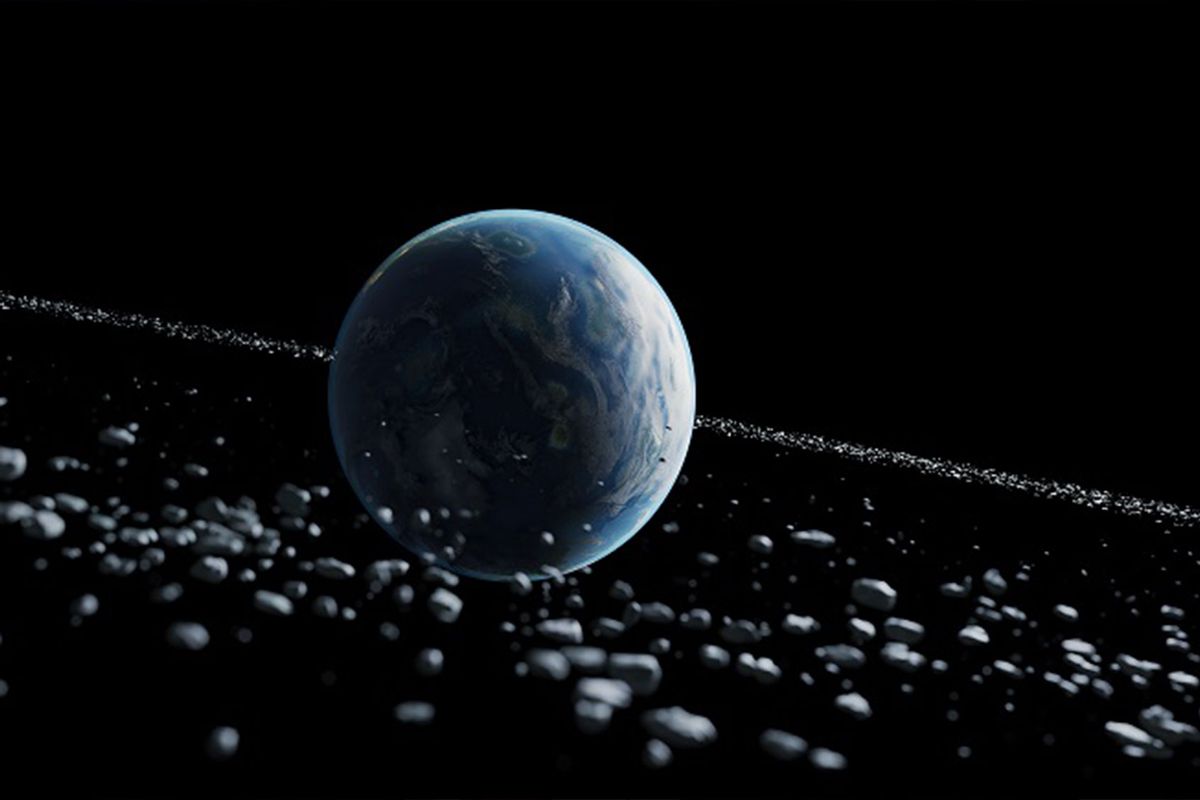Researchers have found evidence suggesting that the Earth may have once had a system of Saturn-like rings. The rings are theorized to have formed 466 million years ago during one of the coldest periods in the planet's history, known as the Ordovician.
Led by Monash University’s School of Earth, Atmosphere and Environment, the study was published Tuesday in the journal Earth and Planetary Science Letters. The scientists behind the study believe the rings may have been created by intense meteoric bombardment of Earth, followed by a close encounter with a large asteroid passing through the Earth's Roche limit, which then created a ring of debris.
“Over millions of years, material from this ring gradually fell to Earth, creating the spike in meteorite impacts observed in the geological record... We also see that layers in sedimentary rocks from this period contain extraordinary amounts of meteorite debris,” said lead study author Andy Tomkins in a statement.
Researchers based their theory on the Earth's plate tectonic reconstructions, noting 21 asteroid impact craters all located within 30 degrees of the equator — an anomaly otherwise unexplained in the context of the location of the majority of Earth's crust.
"What makes this finding even more intriguing is the potential climate implications of such a ring system," Tomkins said. "The idea that a ring system could have influenced global temperatures adds a new layer of complexity to our understanding of how extra-terrestrial events may have shaped Earth’s climate."



Shares